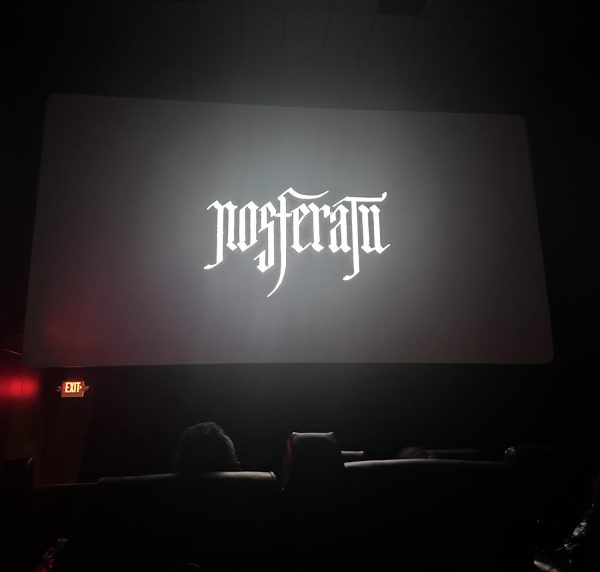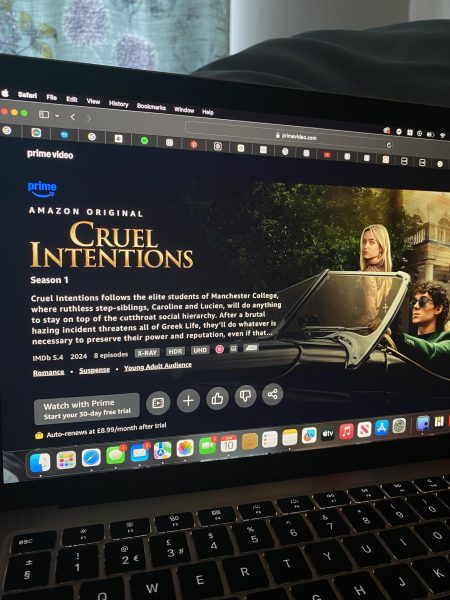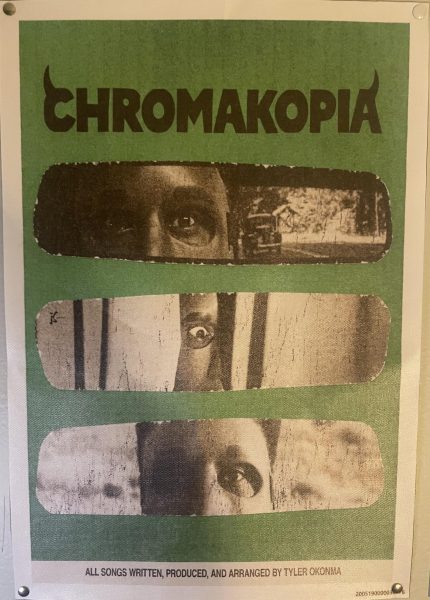Oppenheimer: The Fatality of the Obsessed Artist
This summer’s highly anticipated Oppenheimer, directed by Christopher Nolan, tells the legend of the Manhattan Project, a top-secret mission to make the worst weapon of mass destruction. In its reach lies a time period that is largely unfathomable with a world war, economic recessions, and golden age of spies overlapping. Excluded from the star studded cast,“Mad Jack” or Charles Henry George Howard, the 20th Earl of Suffolk, was the captain who brought heavy water, essential for the Nazis to create their A-Bomb, to Scotland and the allies. Heavy Water, a substance that intensifies nuclear reactions, such as that using the element uranium, which the Germans were short on. Although the direction of the war and Manhattan project relied on Mad Jack making it to Falmouth, Scotland, he nor Heisenberg and Jacques Allier, other major players in the race for the A-Bomb, are casted.
This signifies Oppenheimer is naturally prone to the obsessed-artist trope that prioritizes one man instead of a larger mission. The posters both feature only Oppenheimer, the film title is a nomer to him, and the cast features much of the Oppheimer family, and it is described as a biopic to the man behind the mass destruction. Although some of the best movies are ones of this particular vein, it may be a blunder in this case, Oppenheimer is not a drummer, or dancer he’s a nuclear scientist. He’s not trying to make it big, he’s trying to blow it up. The film, at least from its trailer, seems to exist in a vacuum, in a version of WWII that revolves around the American homefront. From the crowds brandishing american flags featured in the trailer, the movie will doubtlessly touch on the “America is the Biggest Baddest Wolf in the World Arms Race” sentiment at the time which justified such a drastic measure, if the film is America-centric, will the irony inhibit the narrative?
The obsessed artist trope according to, Torturing the Artist: Celebrity and Trope in Media Representations of the Abstract Expressionists, is the double edged sword of an artist who both needs their art to survive, but their art is also their main derivative of pain and suffering. Oppenheimer, at least history’s version, falls from the government’s good graces, something attained in the first place for his work with the Manhattan project, but government work, with the atomic bomb, was by no means his art. In 1938 three German scientists figured out how to split an atom, aka create a nuclear reaction, and they laid the scientific foundation for such a bomb, therefore making Oppenheimer not the only person in the world trying for an A-bomb, both Russia and Germany had their own Oppenheimers. The obsessed artist has a neurological deviation that makes their art an itch, a tick, a unnegotiable task, and therefore they do it in a way never done before, arguably even without Oppenheimer, the U.S. would’ve developed the A-bomb, because he was one of a team of highly motivated scientists. We love obsessed artists because they represent the worst of us, the version of us we could be if superego completely devoured the Id, to the point of psychological impairment and unbelievable success, Oppenheimer was a man who was in the right time period, with the right degree, and a unique enough name, and given the chain of events the success was quite natural.
Black Swan, Whiplash, and All That Jazz, featured the pursuit of the impossible, the ever elusive concept of perfection, while canonically Oppenheimer set a clear logical goal, accomplished that goal, and afterwards was suspected of communism. Yes, his loyalty to the government was forgotten as McCarthyism popularized, but it had nothing to do with him as a scientist, and everything to do with politics. The obsessed artist in this case would not only create the atomic bomb, but perhaps the hydrogen bomb, and so on and so forth until the government realizes they have created a fully funded monster, perhaps like Jack Parsons, and quickly recant their support. The cast is phenomenal, the director prestige, and the budget is enough to buy 28 commercial wind turbines, the only caveat is the blueprint trope. The obsessed artist may be the first instinct upon first thought, but unfortunately, I think it may be a trope too singular to a character for a biopic about a man who changed the world.








